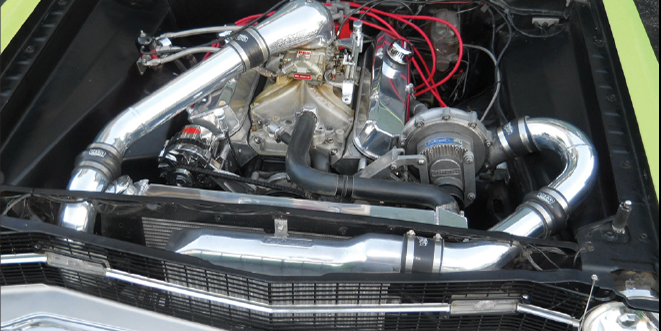Performance Oiling Systems
Regardless of what type of engine you are building, the oiling system must be capable of creating and maintaining adequate oil pressure and flow no matter what. Accelerating, cornering, hard braking or extreme RPMs should not cause even a momentary drop in oil pressure. It only takes a few seconds of oil starvation to spin
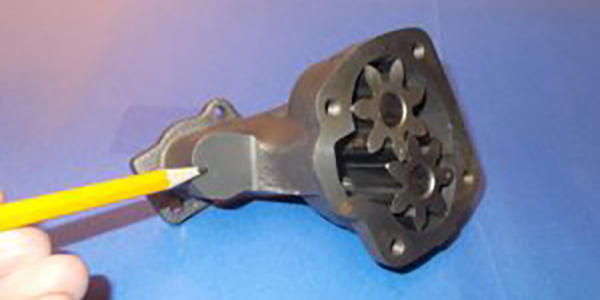
Engine Parts: Lifters, Pushrods and Valve Springs
The valvetrain is one of the most critical components in any engine build, be it stock or performance. The lifters, pushrods, rockers and springs must all be strong and stiff enough to handle the loads and RPMs the engine will encounter, and they have to be durable enough to go the distance.

Understanding Today’s Valve Seats
When it comes to engine cooling, the radiator is kind of a showoff. It sits right up front, catching the best breeze, dominating the conversation. And when it erupts in a cloud of coolant and steam, everyone knows about it. However, the engine valves (particularly the exhaust valves) shouldn’t be overlooked for the role they

Sprint and Stock Car Engine Market
Building engines for sprint cars and late-model stock cars is a good niche to be in if your local tracks have a strong racing program that is attracting significant numbers of racers and fans. It takes both to maintain a healthy market and a steady demand for engine work.
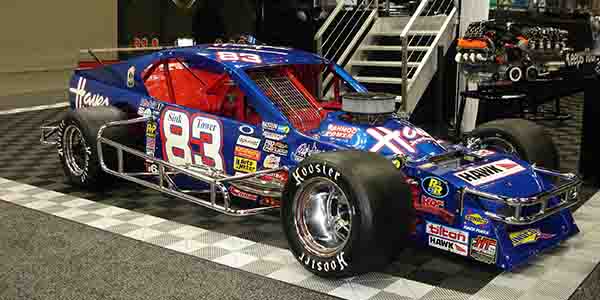
Getting Aboard with Inboard Marine Engines
Marine engine building is a niche market that is much smaller than the automotive market, but it can also be a very lucrative business for those with the know-how and experience.
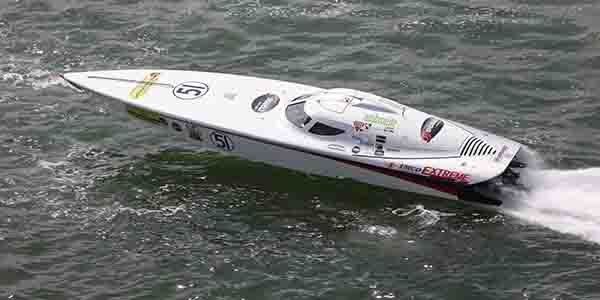
Sleeves and Liners – Metallurgic Magic
Dry sleeves and wet liners have long been used to repair and restore cracked or worn engine cylinders, but they are also used to reinforce aluminum blocks that are being built for serious performance applications.
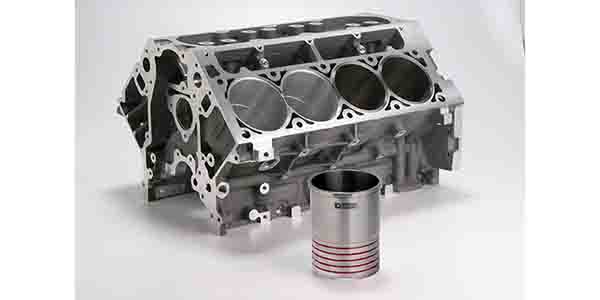
Diesel engine Issues; Ford Power Stroke
Ford Power Stroke diesel engines have a history that dates back to 1994. The first in this series was the 7.3L engine, which was designed by Navistar for Ford. The 7.3L featured direct injection and turbocharging, and was probably the most reliable and durable engine in the series.
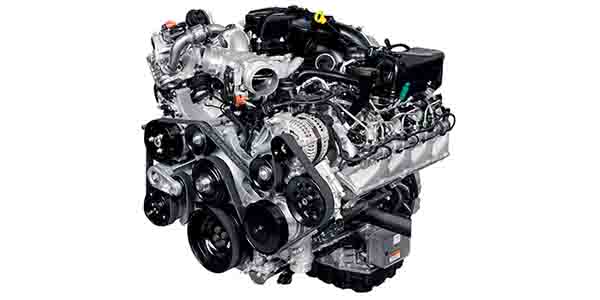
Core Sourcing Heads & Blocks
Cores are the heart and soul of the engine rebuilding business. If you don’t have a core, you don’t have an engine to rebuild. The challenge is getting the right cores that are in demand, and at a price that you and your customers can afford.
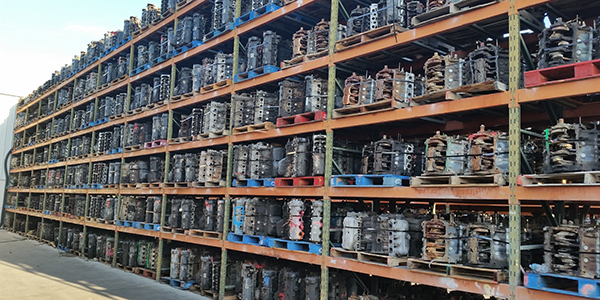
Valve Lifter Basics and Beyond
Valve lifters play a key role in the valvetrain of pushrod engines. They go all the way back to the earliest days of the internal combustion engine. The earliest engines did not have pushrods or rocker arms. They were a “flathead” design with the valves in the block. The lifters (also called “tappets” because of the clattering noise they produced) rode on the cam lobes in the block and actuated the valves directly.
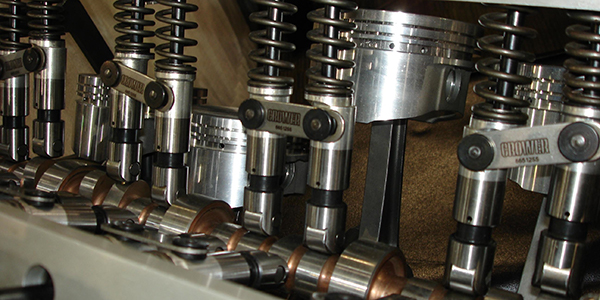
Machining Aluminum Engine Blocks
Aluminum engine blocks have been around for many years for both stock and performance applications. Aluminum has a number of advantages over cast iron, the most obvious one being weight.
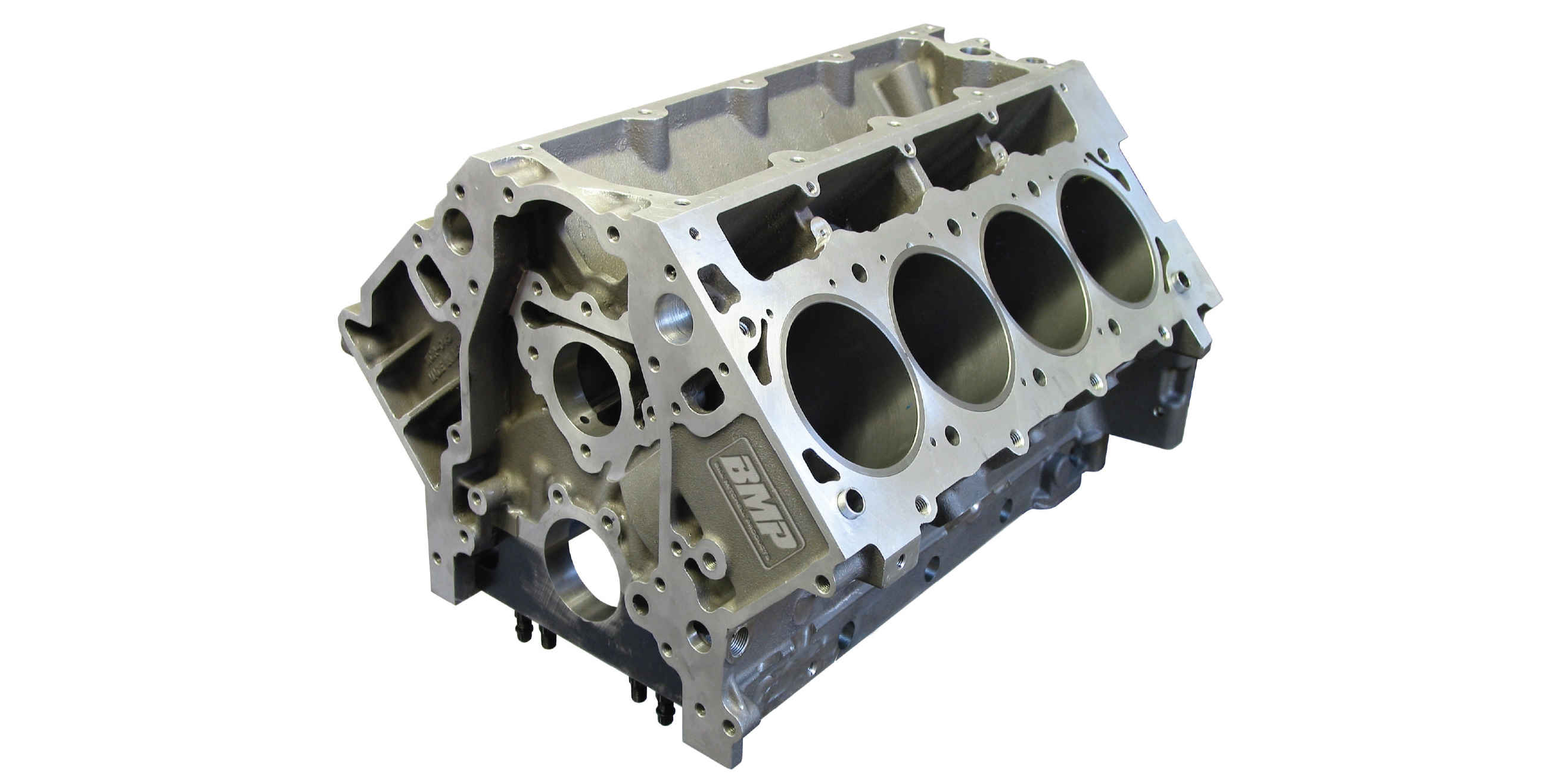
Risk vs. Reward: When it Comes to Oil Pumps, Knowing Whether to Reuse, Rebuild or Replace Can Be a High Pressure Proposition
Most engine builders appreciate how important good oil pressure is for proper engine lubrication and longevity. They also know that low oil pressure can cause engine noise, bearing failures and customer complaints that result in an expensive warranty claim.
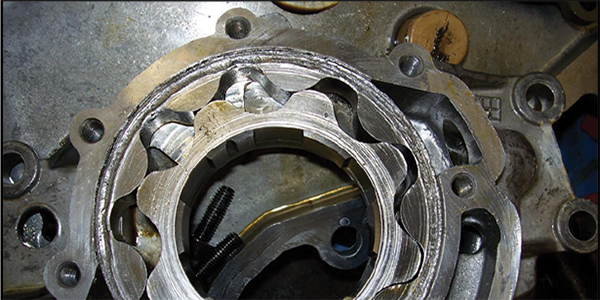
Tempering Horsepower Heat: Keeping Your Cool with Heat-Handling Accessories
Engines produce lots of heat, and the more horsepower they make the more heat they generate. Only about 35 to 40 percent of the heat energy released during combustion in a gasoline engine performs useful work by creating pressure that pushes the pistons down their bores. Diesels are a little better at 40 to 45 percent efficiency thanks to a higher compression ratio and reduced pumping losses (no throttle restriction). Even so, all internal combustion engines waste more heat than they put to good use.
